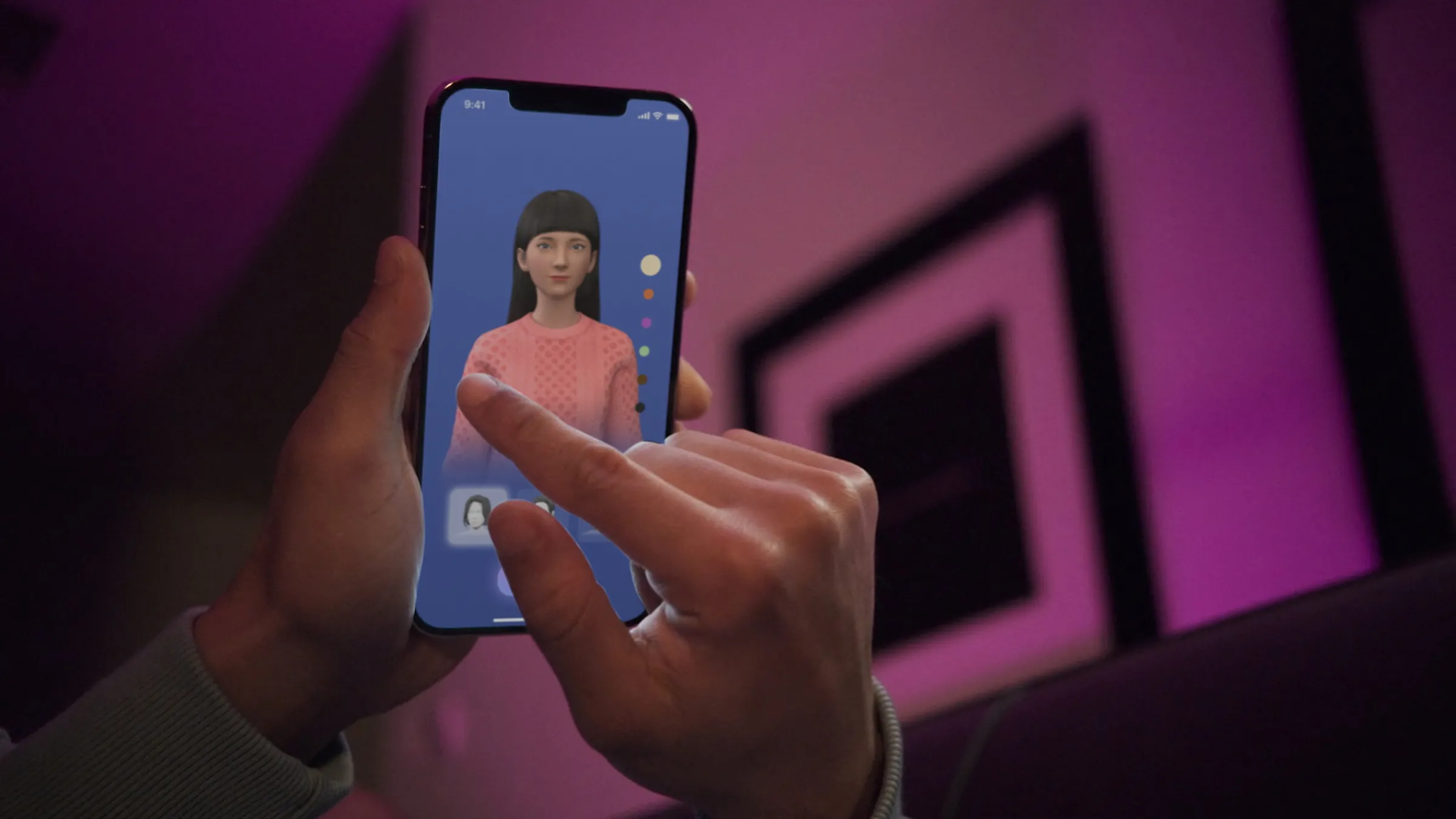New data from Omdia and 5G Americas showed rapid global growth in wireless connectivity during the third quarter of 2025, with nearly three billion 5G connections worldwide.
North America remained the most advanced region in terms of adoption, reaching penetration levels that almost match its population.
The US alone recorded 341 million 5G connections, marking one of the highest per capita adoption rates in the world, compared to the global average, which remains far lower.
Analysts noted that strong device availability and sustained investment continue to reinforce the region’s leadership. Enhanced features such as improved uplink performance and integrated sensing are expected to accelerate the shift towards early 5G-Advanced capabilities.
Growth in cellular IoT also remained robust. North America supported more than 270 million connected devices and is forecast to reach nearly half a billion by 2030 as sectors such as manufacturing and utilities expand their use of connected systems.
AI is becoming central to these deployments by managing traffic, automating operations and enabling more innovative industrial applications.
Future adoption is set to intensify as regional 5G connections are projected to surpass 8.6 billion by 2030.
Rising interest in fixed wireless access is driving multi-device usage, offering high-speed connectivity for households and small firms instead of relying solely on fibre networks that remain patchy in many areas.
Globally, the sector has reached more than 78 million connections, with strong annual growth. Analysts believe that expanding infrastructure will support demand for low-latency connectivity, and the addition of satellite-based systems is expected to extend coverage to remote locations.
By mid-November 2025, operators had launched 379 commercial 5G networks worldwide, including seventeen in North America. A similar number of LTE networks operated across the region.
Industry observers said that expanding terrestrial and non-terrestrial networks will form a layered architecture that strengthens resilience, supports emergency response and improves service continuity across land, sea and air.
Would you like to learn more about AI, tech and digital diplomacy? If so, ask our Diplo chatbot!










